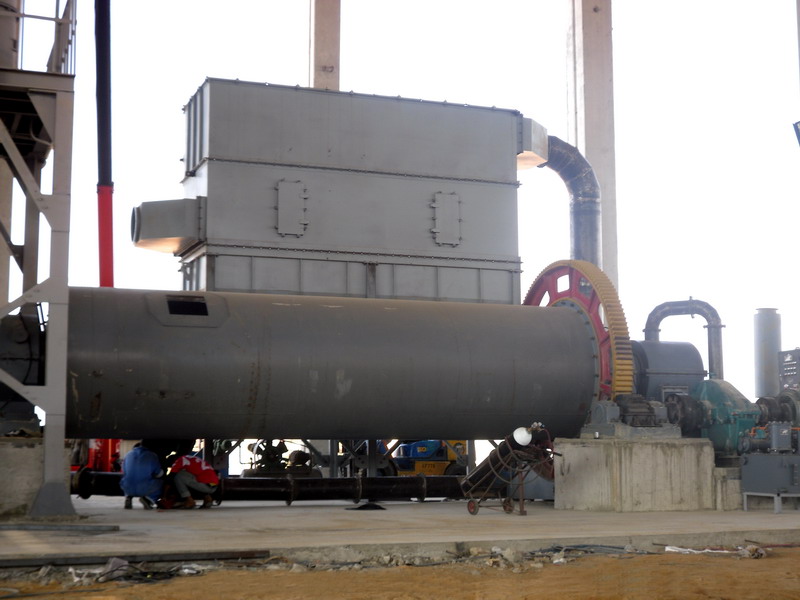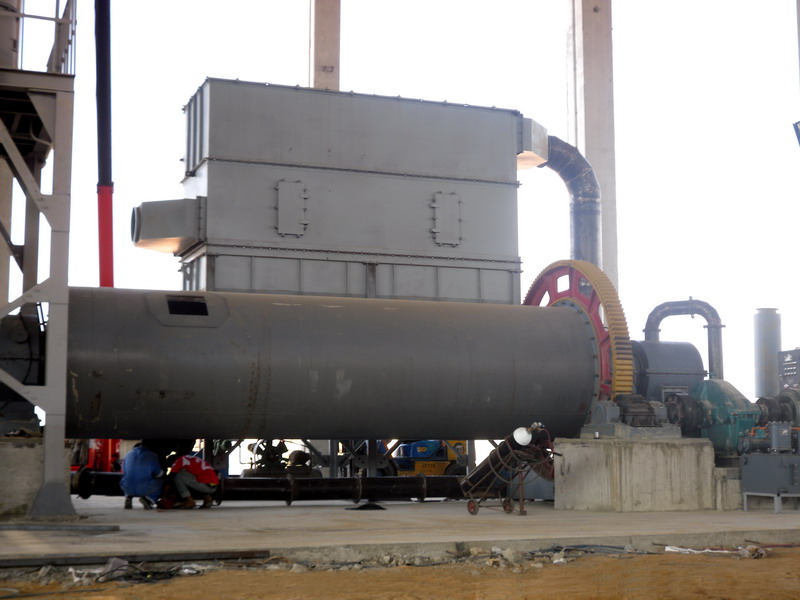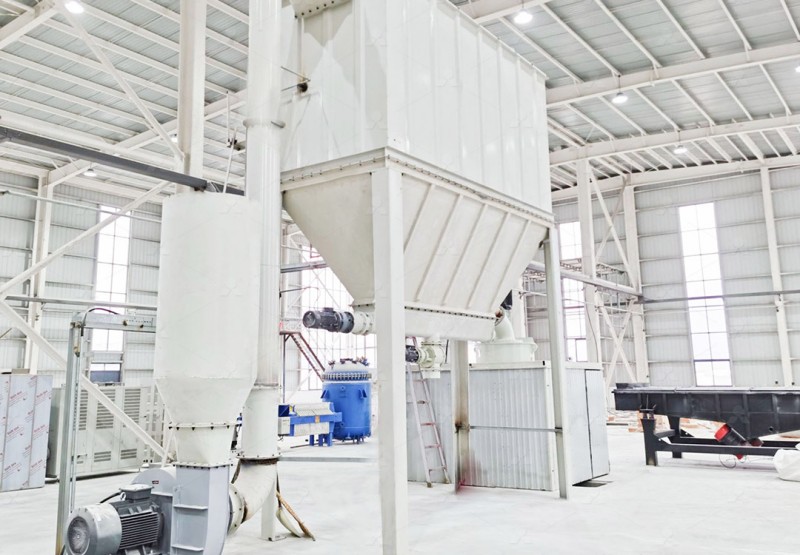Main Components of a Ball Mill and Their Working Principles Explained
Main Components of a Ball Mill and Their Working Principles Explained
Ball mills are widely used in the mining, construction, and chemical industries for grinding materials into fine powders. Understanding the main components and their working principles is essential for optimizing performance and maintenance. Below, we break down the key parts of a ball mill and explain how they function together.
1. The Barrel (Grinding Chamber)
The barrel is the cylindrical shell where the grinding action takes place. It is typically made of steel and lined with wear-resistant materials like manganese steel or rubber to prolong its lifespan. The barrel rotates on its axis, and the centrifugal force generated causes the grinding media (balls) to lift and cascade, crushing the material.

2. Grinding Media (Balls)
The grinding media, usually steel or ceramic balls, are responsible for the actual grinding. Their size and material depend on the hardness of the ore and the desired fineness. As the barrel rotates, the balls collide with the material, breaking it down into smaller particles.
3. Drive System
The drive system consists of a motor, gearbox, and pinion gear that rotate the barrel. The motor provides the necessary torque, while the gearbox ensures smooth and controlled rotation. Some advanced models, like our MW Ultrafine Grinding Mill, feature energy-efficient drives that reduce power consumption by up to 40% compared to traditional ball mills.
4. Feed and Discharge Mechanisms
Material enters the mill through a feed chute at one end and exits through a discharge grate at the other. The grate ensures that only sufficiently ground material passes through, while oversized particles are retained for further grinding. Vibrating feeders or screw conveyors are often used to regulate the feed rate.

5. Liners
Liners protect the barrel from wear and tear and enhance grinding efficiency. They come in various profiles (e.g., wave, step, or smooth) to optimize the lifting and cascading action of the balls. Our LUM Ultrafine Vertical Grinding Mill uses advanced liner materials that last 2.5 times longer than conventional options.
Working Principle
The ball mill operates on the principle of impact and attrition. As the barrel rotates, the grinding media are lifted to a certain height and then fall, striking the material. Simultaneously, the sliding motion between the balls and the material causes finer particles to form. The ground material is then discharged through the grate, while air or water may be used to assist in classification or cooling.
Why Choose Our Grinding Mills?
While traditional ball mills are effective, our MW Ultrafine Grinding Mill and LUM Ultrafine Vertical Grinding Mill offer superior efficiency, lower energy consumption, and eco-friendly operation. Key advantages include:
- Higher yield (up to 40% more than jet mills)
- Adjustable fineness (325–2500 meshes)
- No rolling bearings in the grinding chamber, reducing maintenance
- Pulse dust collectors for cleaner operation

For industries requiring ultra-fine powders with minimal environmental impact, our grinding mills are the ideal solution. Contact us today to learn more about how our technology can enhance your production process.
